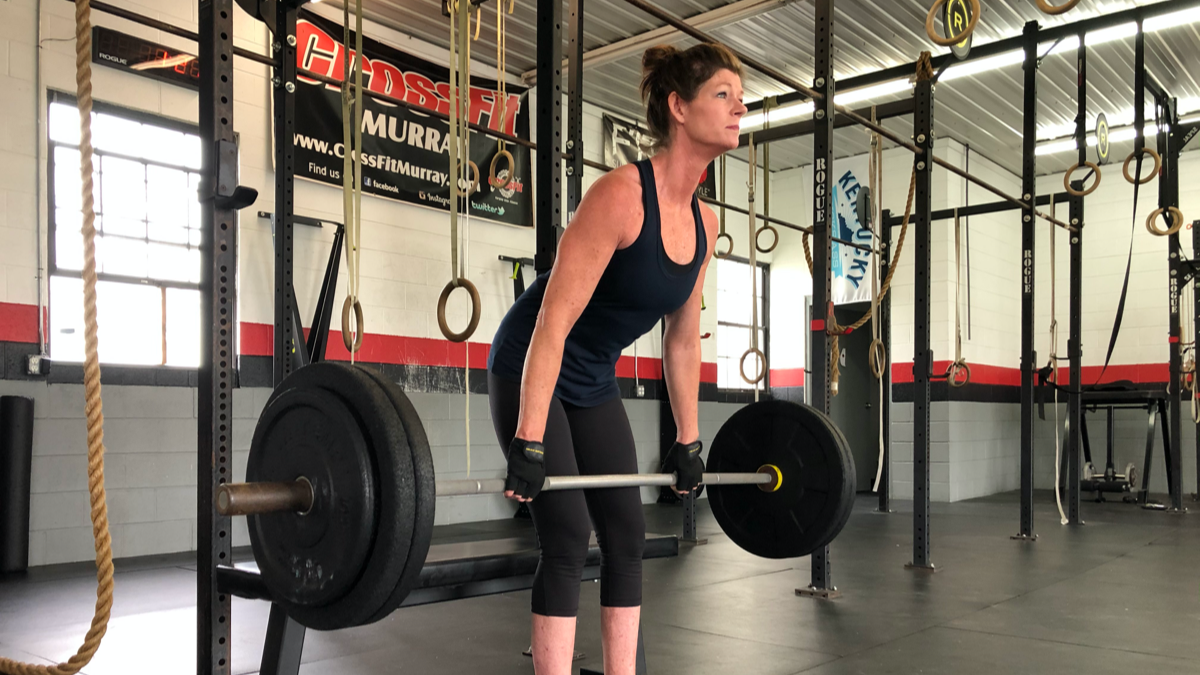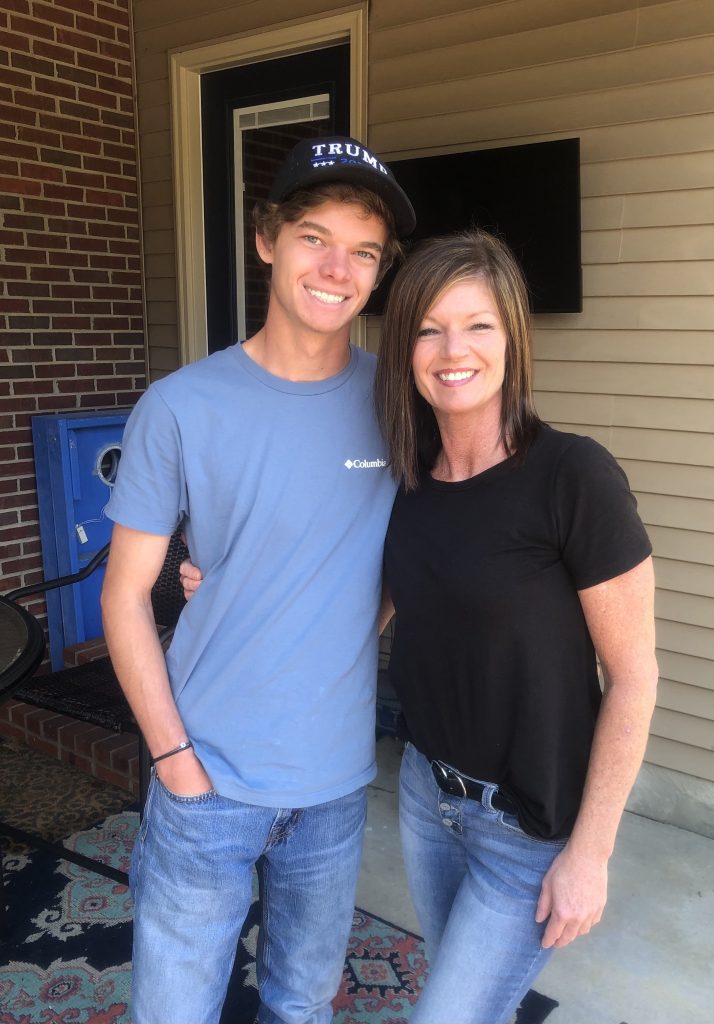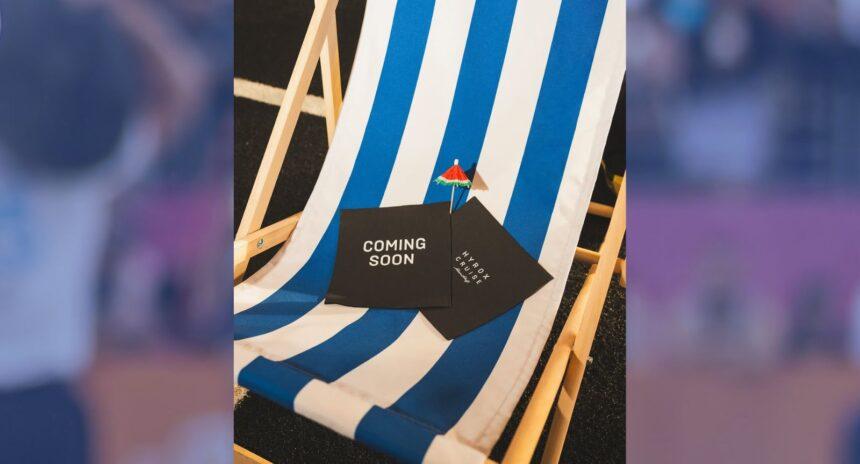CrossFit: A Secret Weapon in Kari Averill’s Fight Against Hereditary Spastic Paraplegia

When she was first diagnosed with Hereditary Spastic Paraplegia, a rare genetic disease that weakens muscles below the hips, Kari Averill didn’t tell many people.
- “I was embarrassed that something was wrong with me. I didn’t tell many people about it,” said 47 year-old Averill.
The details: For years, doctors couldn’t figure out what was wrong with Averill, who started “walking funny” and eventually needed to use a cane to get around.
- “I thought something was wrong with my knees,” said Averill, whose balance had also become severely impaired. “They kept trying to diagnose me with MS, but everything kept coming back negative.”
- In 2002, when Averill came across a cousin with the disease, doctors were finally able to diagnose her with Hereditary Spastic Paraplegia, a condition that is considered a cousin to the deadly ALS (Amyotrophic Lateral Sclerosis or Lou Gehrig’s disease). Since then, Averill has learned that a number of other relatives also suffer, or suffered, from the disease.
- In January 2020, tired of letting the muscles of her lower body atrophy before her eyes, Averill put a post up on social media asking for recommendations for possible fitness coaches. “I had been doing physical therapy for years and got to a point where there wasn’t anything else they could teach me, so that’s why I put the post out,” she explained.
- When a friend of hers recommended Angie McCord, the owner of CrossFit Murray in Murray, KY, Averill decided to give it a go.
- “The first time Angie had me do a deadlift she was like, ‘Well, you won’t be doing that anymore.’ And then she had me try some wall balls and she told me to catch the ball, and I was like, ‘Have you lost your mind?’ I couldn’t throw the ball without losing my balance,” Averill explained of her early days at CrossFit Murray.
Today: Not only can Averill do a wall ball shot and catch the ball, she can stand on a BOSU ball and squat and catch. “The biggest physical improvement has been with my balance,” Averill said.
- “Do I still walk funny, yes? But I used to lean to the side when I walked. My whole body would lean to the side or forward, and now I don’t lean like that. You know, baby steps. Everything is baby steps,” she said. “When I wake up, my first two or three steps are always still wobbly, but now when I focus hard I can control it.”
- Her new goal is to be able to walk unassisted without her cane. “Will it happen? I don’t know, but I have a goal and have something worth fighting for,” she said.
One big thing: CrossFit, and the results she has seen, have given Averill the confidence that she doesn’t have to succumb to her prognosis.
- “The medical people tell me exercise is good for me, but it still won’t stop the progression of the disease, but I’m trying to prove them wrong,” she said.
- So far, so good: Averill has a pain pump that delivers medication directly into her spine. In 2009, she was receiving doses as high as 325 mcgs a day, and recently this was reduced to 99 mcgs.

The big picture: Considering the disease is genetic, Averill’s mission is to show others in her family the importance of fighting.
- “I have a son and a sister with three kids, and I pray they never get it, but if they do I want them to see I’m a fighter, and if this thing takes me down I’m going down fighting,” she said.
- And in the last year-and-a-half, CrossFit has become her biggest weapon in this fight. “I may always have to walk with a cane, but I do not want to be in a wheelchair. I want to be able to take care of myself for the rest of my life and I feel like doing CrossFit is keeping my body healthy and moving, so my muscles don’t stop working,” she said.
